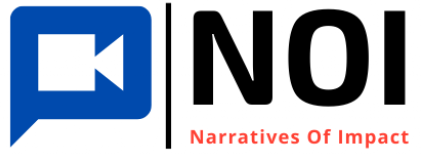Activities of the project
IO 1
intellectual Output
Using Digital Storytelling for Impact and Change Measurement Report
In order to fully understand the current state of play across the participating countries and European landscape of the methodologies for using storytelling as a tool for social change and to measure impact of civic society work, we must undertake research into this disparate and largely unaccounted-for field. From this research, we will produce the Using Digital Storytelling for Impact and Change Measurement Report (IO1). The report will outline different existing practices (i.e. methodologies) and case study examples (i.e. projects) through which storytelling has been used for this purpose through a mixed-methodological approach as outlined below. In light of the COVID-19 pandemic and different experimentations in remote delivery of storytelling workshops and qualitative research processes in the realm of storytelling that have emerged, this report will also account for these innovations in the field.
IO 2
intellectual Output
Digital Storytelling and Impact Toolkit
A toolkit has been produced to support civic educators to work with citizens, community groups and social purpose organisations to use storytelling to create positive social change, widen engagement in local and grassroots democracy and as a qualitative data tool for change measurement. The toolkit is available online and has the IO3 outputs (video guides) embedded into it. The toolkit contains information in accessible and bitesize portions that can be used as a whole product or in a dipin, dip-out manner. The impact of this IO will be in providing learning materials and guidance of activities for trainers and facilitators to use when working in civic impact fields and for them to work with digital stories to create and measure social change in a range of contexts.
IO 3
intellectual Output
Video Guides
Five short video guides will be produced to support people to use storytelling for social impact and to measure change-making processes. Each video will focus on a different topic and/or method determined by the results of IO1 and stakeholder engagement throughout the project, as well as being developed in tandem with IO2. The video guides will be ‘step by step’ tutorials into how participants can use digital storytelling to meet their own needs in their own contexts. They will provide practical instructions as well as top tips and advices based on the learning from the project. These video tutorials will seek to respond to this need, not only to support remote delivery of training activities in regards to pandemic situations but also to include more people in learning opportunities.
